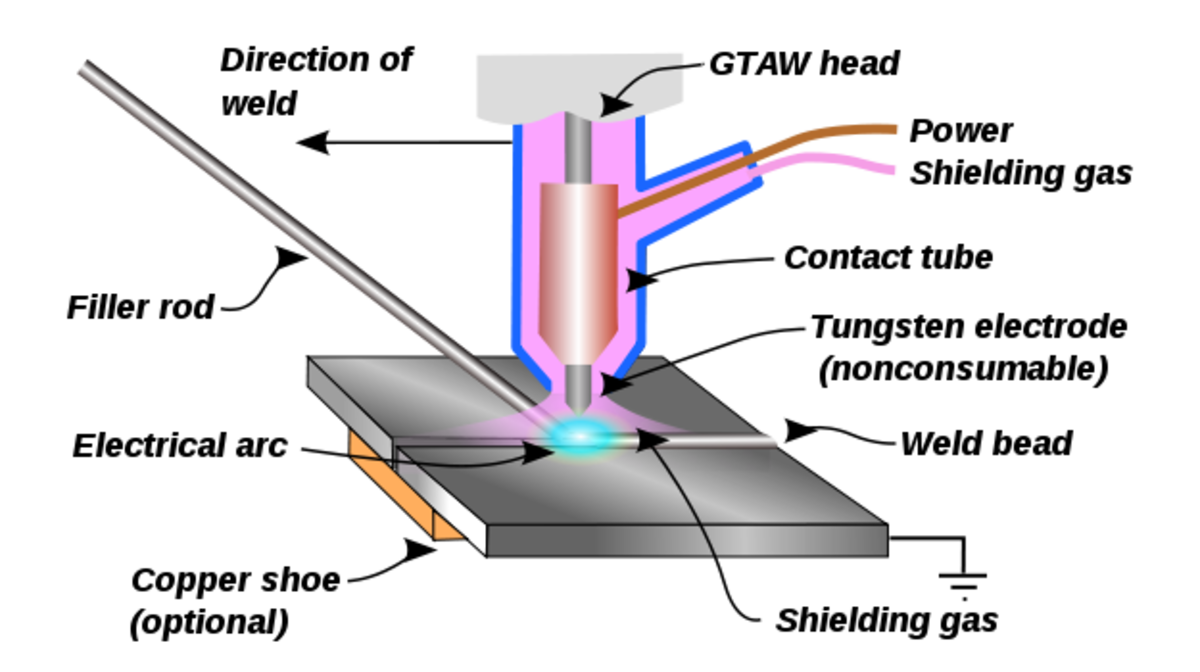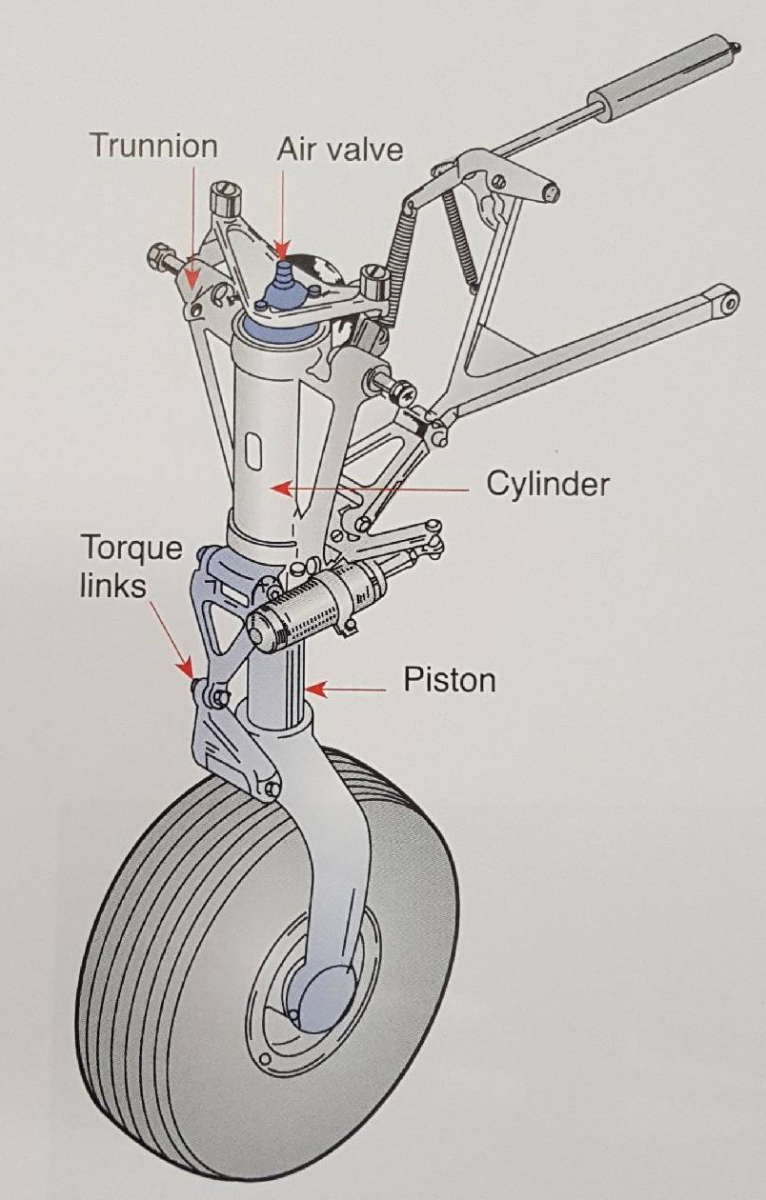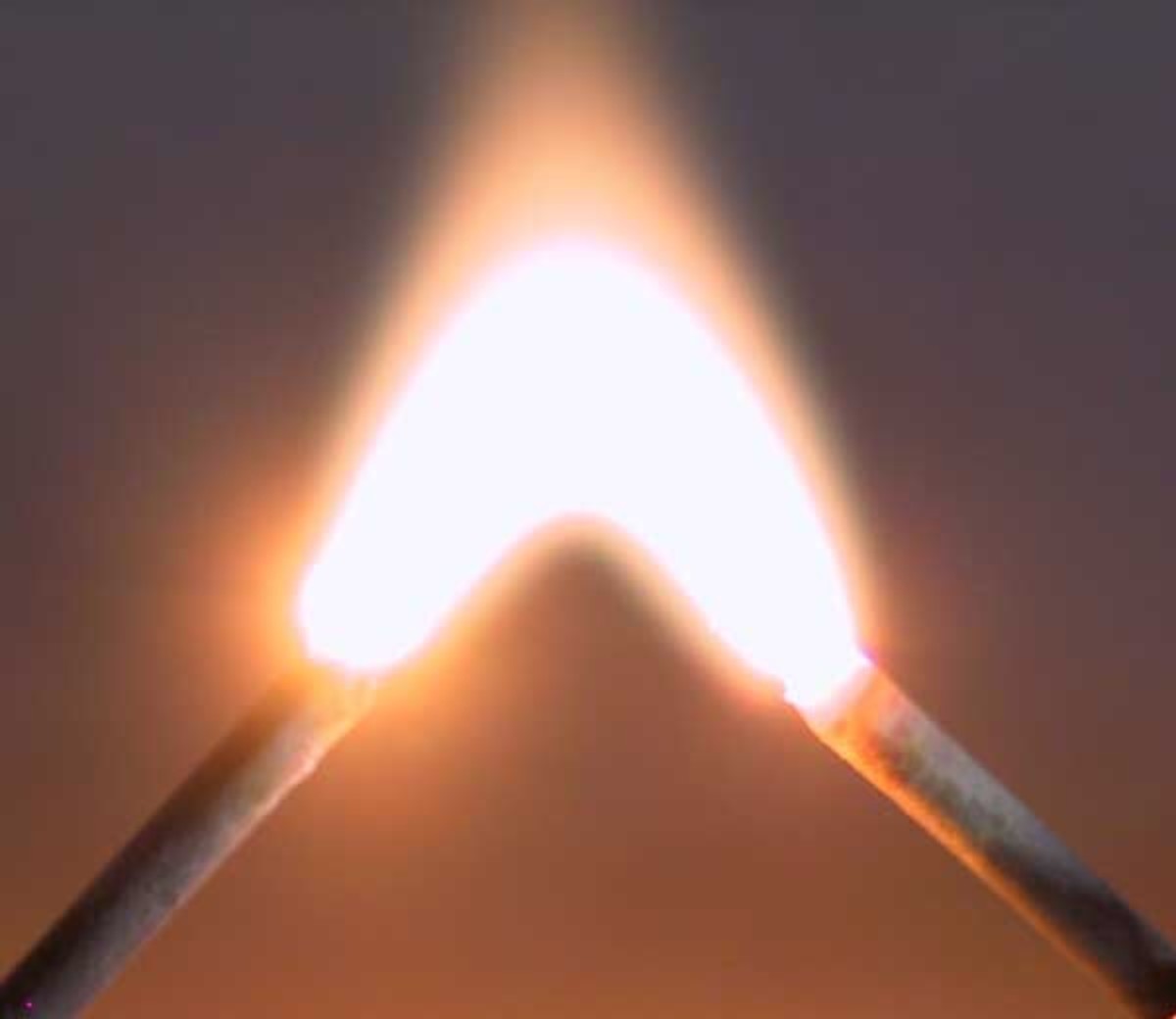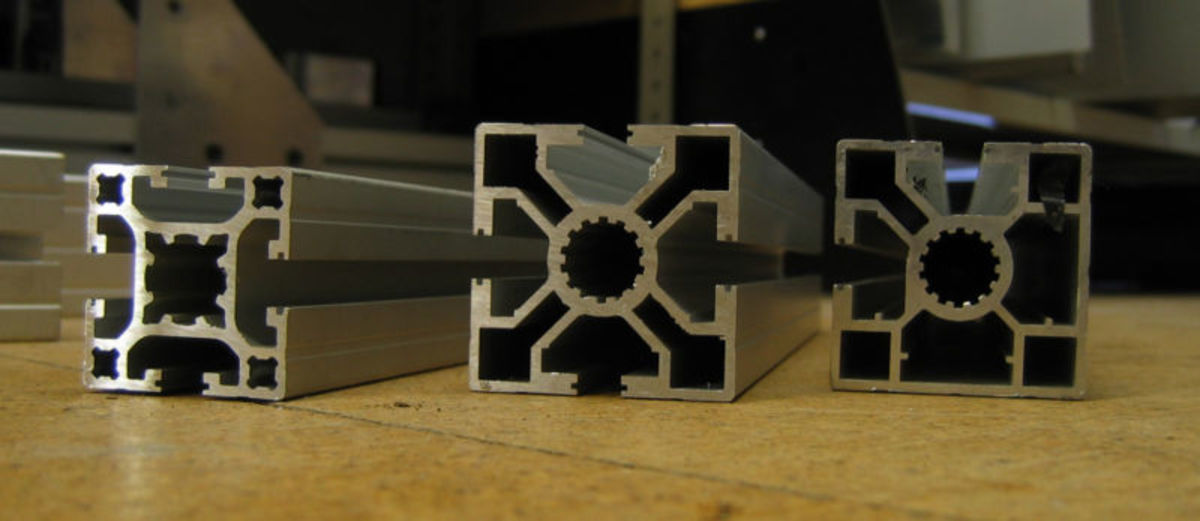Manufacturing Processes - Sand Casting Process
Sand Casting - Manufacturing Process
Sand Casting
Sand casting comes under the general category of casting as a manufacturing process and is a permanent pattern process.In other words the sand moulds are produced using a reusable pattern that is removed once the required impression from the pattern is established in the sand.
The sand itself is contained in a mould consisting of 2 halves (the cope and the drag) and is usually split horizontally. The reason the mould is split is so that access can be gained to easily remove the pattern once the sand has been packed around it. For more complex shapes it is possible to add cores to the cavity that will, when the casting is poured, create a cavity in the finished casting.
Further components of the mould are the runners and risers that are arranged to allow the molten metal to be poured in, via the runner, to completely fill the mould cavity whilst providing an escape route, via the riser(s), for any gases present in the mould cavities. In practice it is the presence of molten metal at the top of the riser(s) that give an indication that there has been sufficient molten metal poured to form the casting.
Once the casting has been poured and solidified the mould is broken apart to gain access to the casting. Runners and risers are removed and remelted for use on the next component.
The process is ideal for the production of relatively simple, solid, 3D components made from metal, particularly steel and aluminium; but the process also lends itself very well to iron, brass, bronze and magnesium alloys. It is not a suitable process for refractory and reactive alloys such as titanium.
As mentioned earlier.more complex hollow components can be produced by adding cores to the cavities providing the required sections have a reasonable wall thickness and are not too thin. This will obviously add complexity to the process and consequently cost, so these factors will need to be balanced against the costs for alternative metal removing processes to establish the optimum process choices.
Pros
- Patterns are cheap and easy to make
- Both the casting material and the waste mould materials can be recovered and recycled
- Operating costs are low
Cons
- Long cycle times due to time required to solidify (can be eased by using multiple component moulds)
- Castings typically will require 2nd stage machining operations to meet most design requirements
- Draft angles are required for pattern and core removal
- Surface finish is generally quite poor
- High potential for inclusions and porosity
Sand casting is a long established process which remained relatively unchanged for many years. However, mainly due to the influences of the automobile industry, there has been significant development of the sand casting process to improve productivity. This was achieved primarily through the mechanization of the process initially and then through automation with most of the effort being concentrated on creating the sand mould more efficiently.
Sand Casting in Bronze and Aluminium
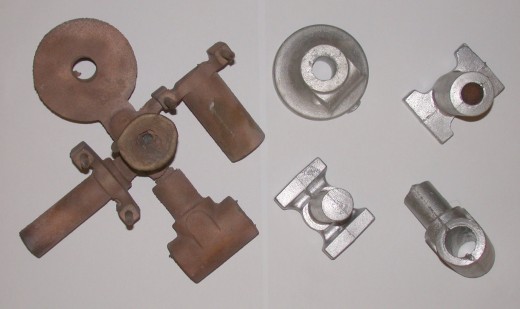
An Introduction to Sand Casting
Manufacturing Processes - Further Resources
- Manufacturing Processes and Methods
The selection of a manufacturing process is done very much on the basis of a manufacturer choosing the process that best suits his needs. Consideration must be given to a number of factors before deciding on... - Materials Selection versus Manufacturing Processes
Material selections can determine what manufacturing processes are available, form can determine what materials can be used and manufacturing processes can determine what form can be created. So what you... - Casting Process Problems
The main problem to overcome in a casting process is porosity, of which there are 2 types: - Manufacturing Processes - Investment Casting
Investment casting comes under the general category of casting as a manufacturing process and uses expendable moulds and patterns.This process is sometimes referred to as the lost wax process and is one of... - Manufacturing Processes, Full Mould Evaporative Pattern Casting
Full mould casting, otherwise known as full mould evaporative pattern casting, comes under the general category of casting as a manufacturing process and is an expendable mould and pattern process.... - Manufacturing Processes - Gravity Die Casting
Gravity die casting is a simple casting process which utilises reusable metallic moulds. The process is primarily used for simple shapes with some basic coring possible. It is mostly suited to casting light... - Manufacturing Processes - Pressure Die Casting
Pressure die casting is a process that fits under the general category of casting as a manufacturing process. It utilises a permanent mould where molten metal is forced into the die cavity through a system of... - Manufacturing Processes - Squeeze casting
Squeeze casting fits in the general category of casting as a manufacturing process. Casting has been around for approximately 6000 years, so squeeze casting is a relatively new development.being introduced... - Manufacturing Process-Centrifugal Casting & Rotational Molds
Centrifugal casting fits under the general category of casting as a manufacturing process and utilities a permanent mould. Typically this process is used for the production of long, hollow components that... - Manufacturing Processes - Injection Moulding
The injection moulding process fits under the general category of casting as a manufacturing process. This may seem surprising as the process is dedicated to the production of plastic, rubber and composite... - Manufacturing Processes - Reaction Injection Moulding (RIM)
This is a permanent mould process that fits in the general category of casting as a manufacturing process and is sometimes abbreviated to the RIM Process. The general mode of operation of this process is to...


